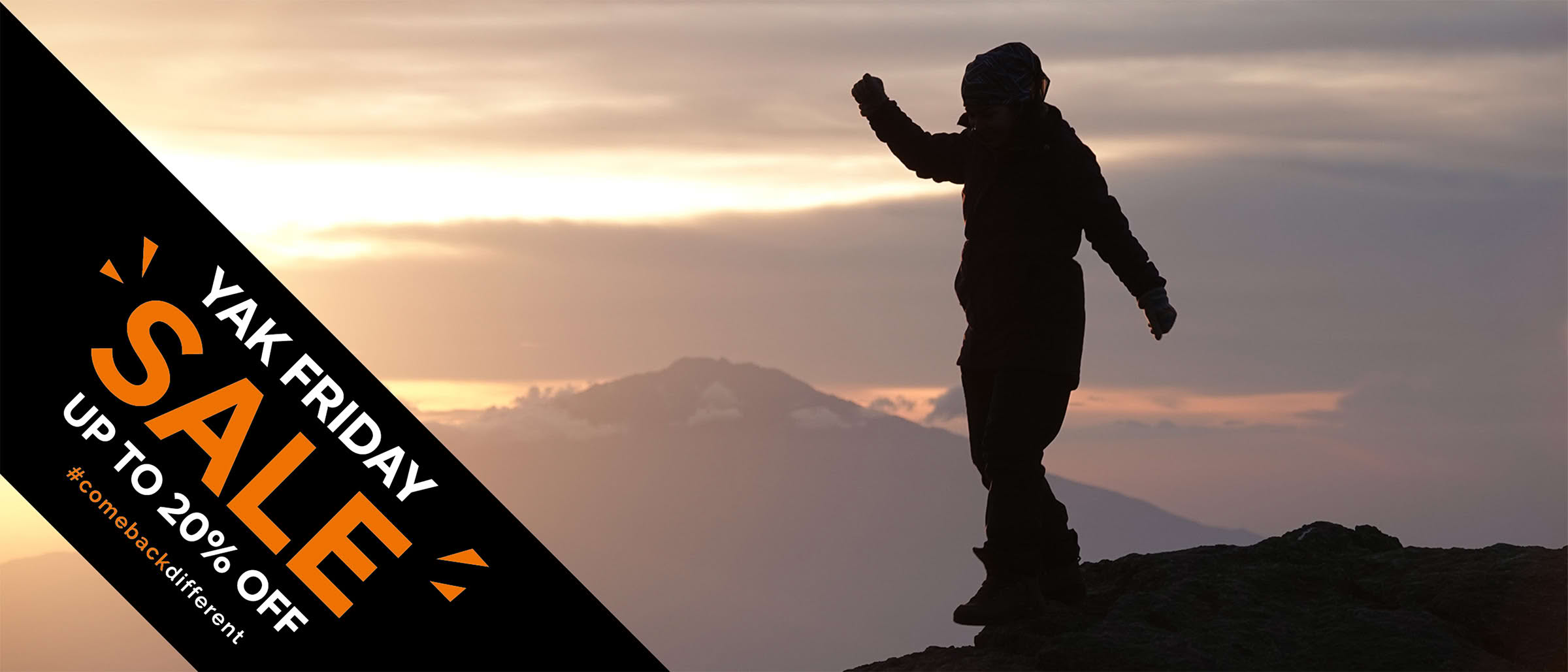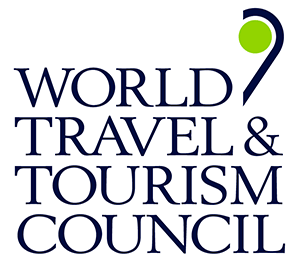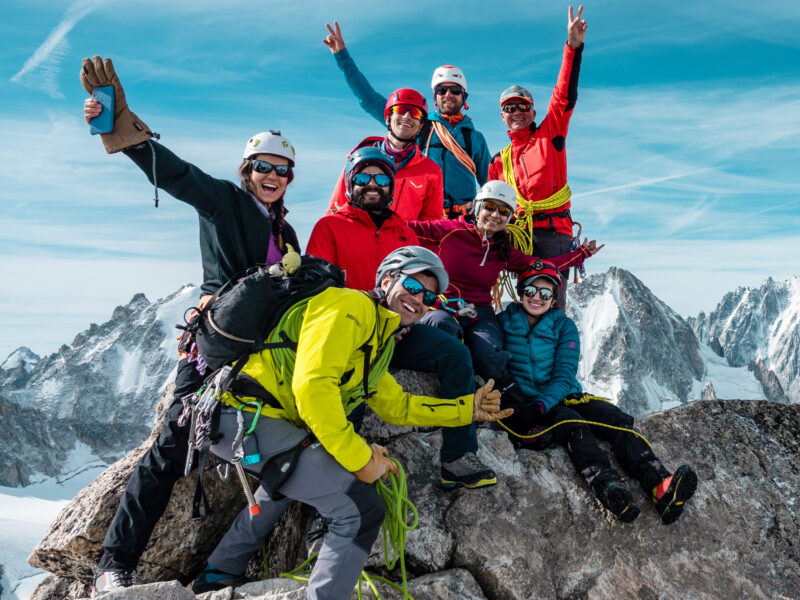BY Rami Rasamny | February 01 2024
Kilimanjaro vs Everest Base Camp Trek: Choosing Your Adventure

Adventure seekers around the world are drawn to the allure of conquering majestic peaks and exploring remote landscapes. Two of the most coveted destinations for trekkers are Mount Kilimanjaro in Tanzania and Everest Base Camp in Nepal. Each offers a unique and thrilling experience, catering to different types of adventurers. In this comprehensive comparison guide, we will explore the key differences between Kilimanjaro and Everest Base Camp Trek, enabling you to make an informed decision based on your trekking goals and preferences.
Kilimanjaro: The Roof of Africa
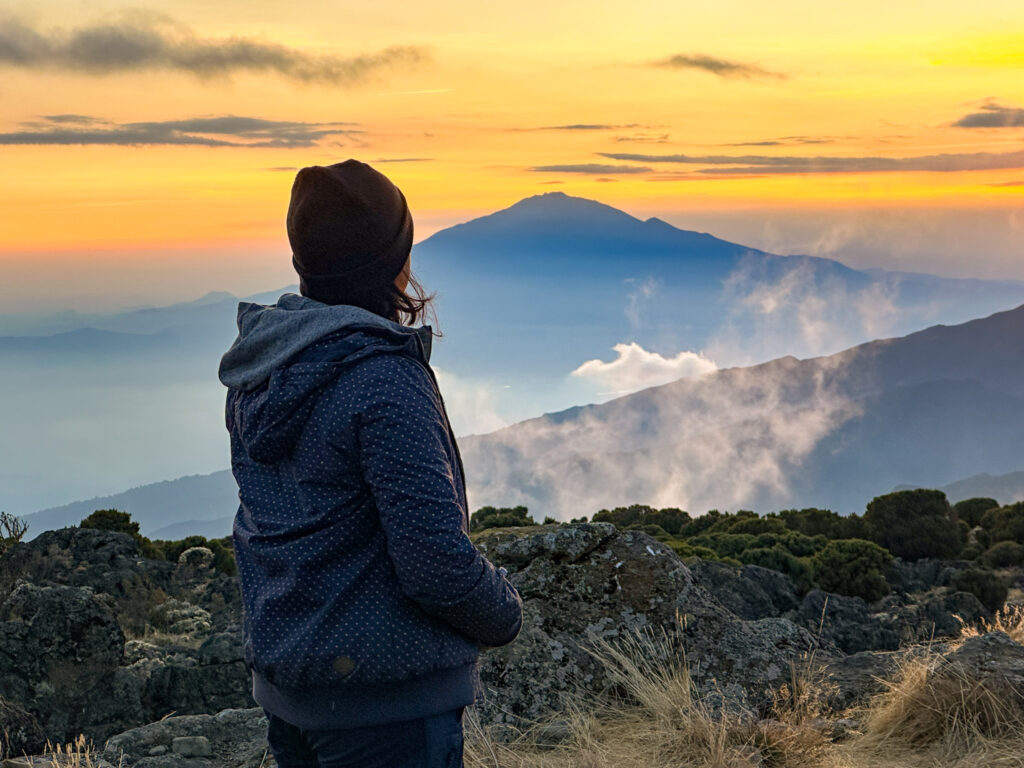
Height and Location: Standing tall at an impressive 5,895 meters, Kilimanjaro is the highest peak in Africa. Located in Tanzania, this iconic mountain attracts climbers from all over the world.
Trek Duration: The duration of a Kilimanjaro trek typically ranges from 5 to 9 days, depending on the chosen route. It is important to allow enough time for acclimatization to the high altitude.
Routes: Kilimanjaro offers multiple routes to the summit, each varying in difficulty and scenery. Popular routes include Marangu, Machame, and Lemosho. The choice of route will depend on your fitness level and preferences.
Summit Achievement: The ultimate goal of climbing Kilimanjaro is to reach Uhuru Peak, the highest point on the mountain. Standing at the summit offers a sense of triumph and accomplishment, as you conquer the highest peak on the African continent.
Difficulty Level: While Kilimanjaro is physically demanding, it is considered less technical compared to other challenging peaks. With proper preparation and training, beginners can undertake this trek and successfully reach the summit.
Altitude Sickness: One of the major challenges of climbing Kilimanjaro is the risk of altitude sickness. The rapid ascent on some routes increases the likelihood of experiencing symptoms. It is crucial to acclimatize properly and listen to your guide’s advice.
Success Rate: The success rate is a misleading figure that fails to capture the circumstances surrounding each individual ascent. On average, the summit success rate hovers around 65%. This figure can vary dramatically from season to season based on conditions. However, at LHO we believe that safety is the only success rate worth investing in is safety.
Everest Base Camp: The High Himalayas
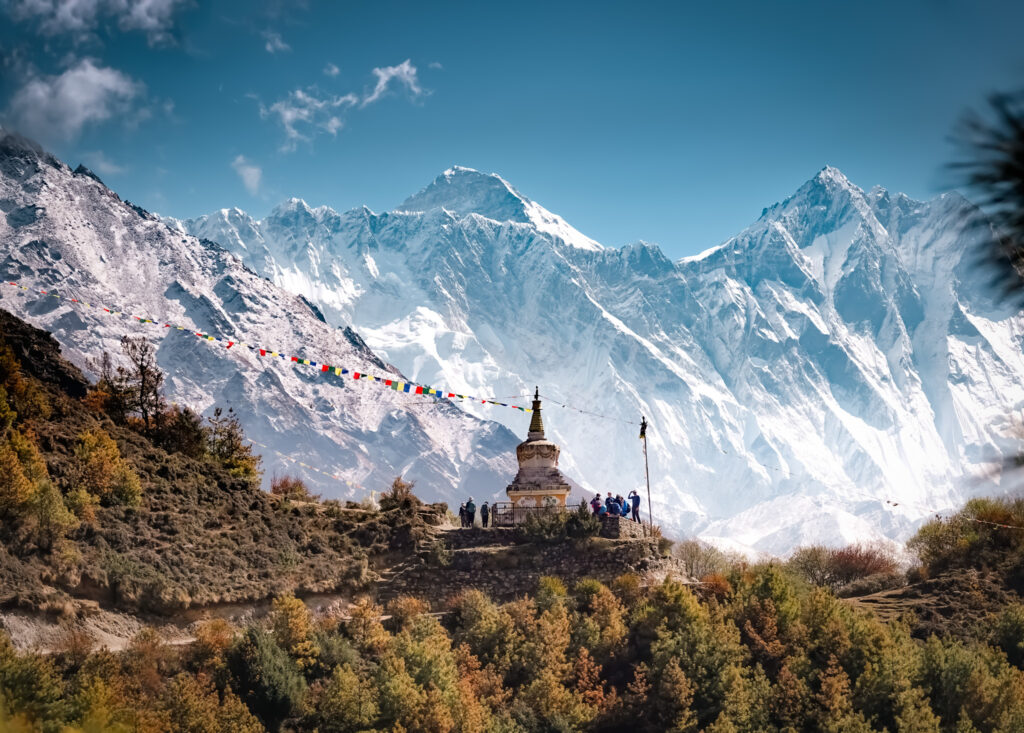
Height and Location: Nestled in the heart of the Himalayas, Everest Base Camp is located in Nepal at an altitude of 5,364 meters. This trek offers a unique opportunity to be in the presence of the world’s tallest mountain.
Trek Duration: The journey to Everest Base Camp typically takes around 12 to 14 days, including acclimatization days. This allows trekkers to adapt to the high altitude gradually and reduce the risk of altitude sickness.
Terrain: Trekking to Everest Base Camp involves navigating rugged and remote trails, offering breathtaking views of the Himalayan landscapes. The challenging terrain adds an adventurous element to the trek.
No Summit: Unlike Kilimanjaro, reaching the summit of Everest is not the goal of the Base Camp trek. The primary objective is to reach the base camp, which serves as a starting point for mountaineers attempting to summit Everest.
Difficulty Level: The Everest Base Camp trek requires good physical fitness, endurance, and the ability to adapt to high altitude. The long trekking days and challenging terrain demand mental and physical resilience.
Cultural Experience: One of the highlights of the Everest Base Camp trek is the opportunity to immerse yourself in the rich Sherpa culture. Along the way, you will encounter Sherpa villages, monasteries, and gain insights into their way of life.
Risk of Altitude Sickness: While the gradual ascent to Everest Base Camp helps with acclimatization, there is still a risk of altitude sickness. It is important to monitor your health closely and follow the guidance of your guide.
Comparing Challenges
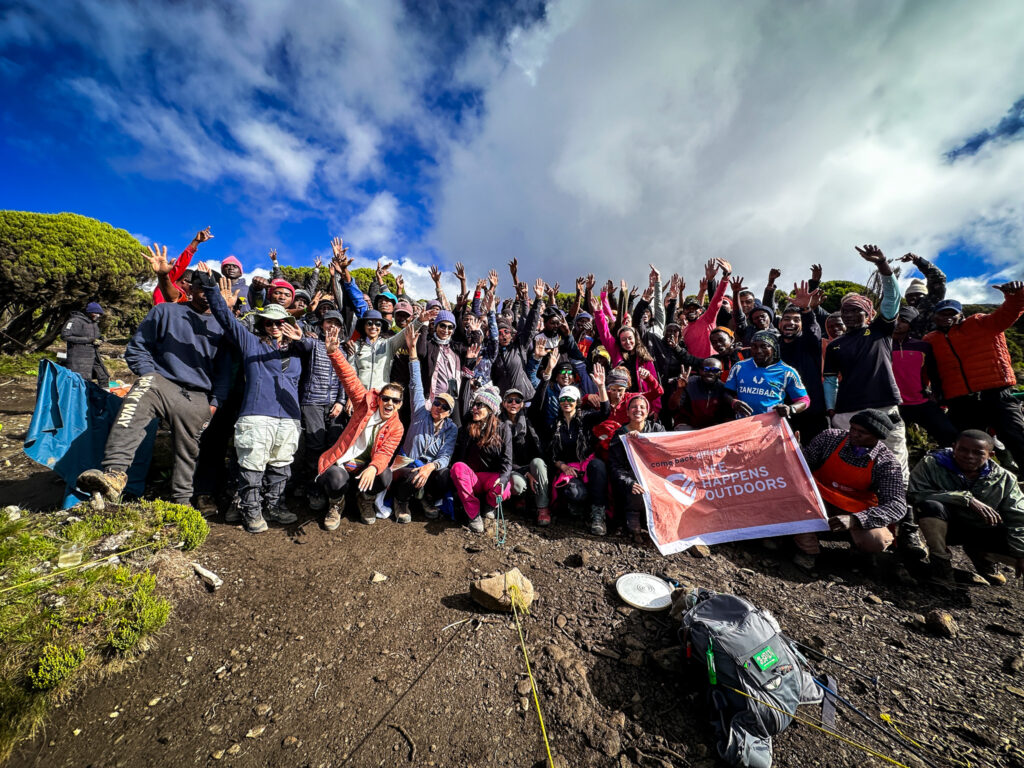
Altitude and Acclimatization: Both Kilimanjaro and Everest Base Camp treks pose risks of altitude sickness. However, the rapid ascent on Kilimanjaro makes it more challenging in terms of acclimatization. Everest Base Camp, with its gradual ascent, allows for better adjustment to the high altitude.
Terrain and Endurance: The terrain of Kilimanjaro consists of steep slopes and rocky paths, demanding physical endurance. On the other hand, the Everest Base Camp trek involves trekking through rugged trails, suspension bridges, and moraines, which require stamina and mental resilience.
Preparation and Fitness: Both treks require a good level of physical fitness. Kilimanjaro, although physically demanding, does not require technical mountaineering skills. The Everest Base Camp trek demands endurance, strength, and the ability to hike for long hours in challenging conditions.
Achievement Factor
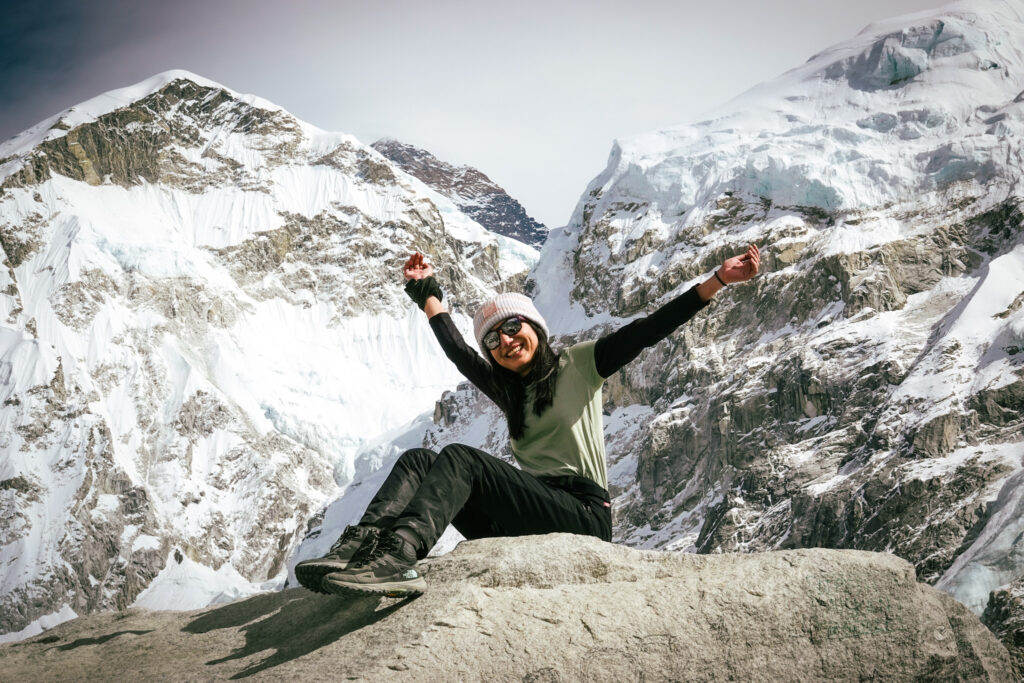
Summiting Kilimanjaro: Standing atop Uhuru Peak on Kilimanjaro offers a tangible achievement of “conquering” a continent’s highest point. The sense of triumph and accomplishment is unparalleled, making it an attractive goal for adventurers.
Reaching Everest Base Camp: Reaching Everest Base Camp provides a unique achievement of being at the foot of the world’s highest mountain. The awe-inspiring views and the realization of being in the presence of Mount Everest itself make this trek a dream come true for many.
Making Your Choice
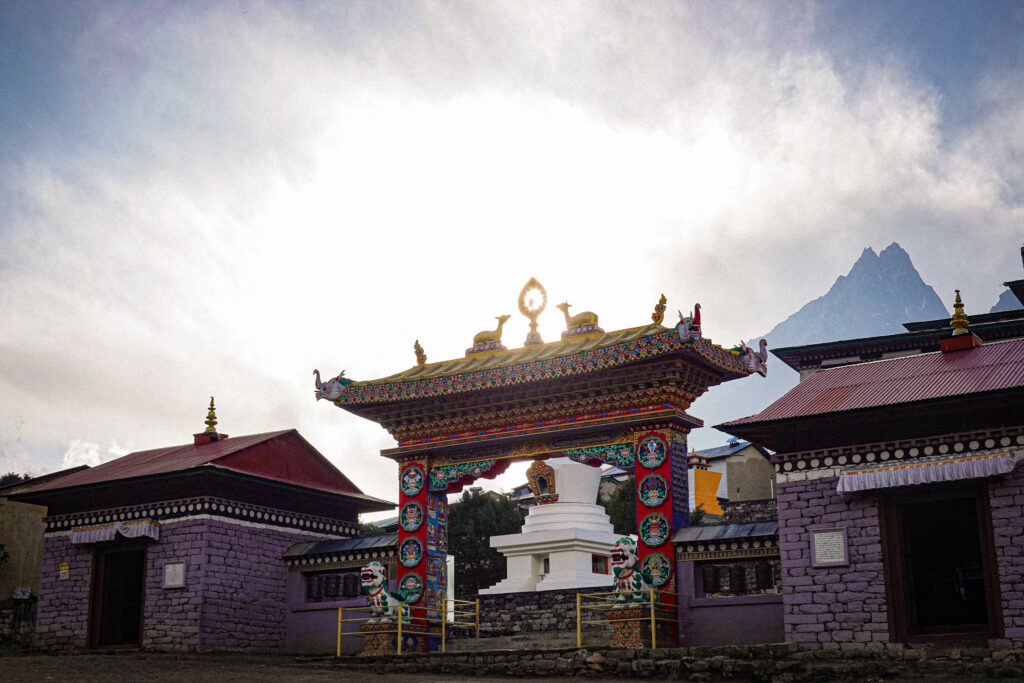
Consider the following factors when choosing between Kilimanjaro and Everest Base Camp Trek:
Summit Aspiration: If summiting a peak is your ultimate goal, Kilimanjaro is the obvious choice. The triumph of standing on Africa’s highest peak is an incredible accomplishment.
Adventure and Scenery: For those seeking a longer trek with stunning Himalayan views, Everest Base Camp is the perfect choice. The rugged landscapes, suspension bridges, and panoramic vistas make for an unforgettable adventure.
Cultural Immersion: If immersing yourself in a unique cultural experience is important to you, the Everest Base Camp trek offers more in terms of Sherpa culture, monasteries, and the opportunity to interact with the local community.
Final Thoughts
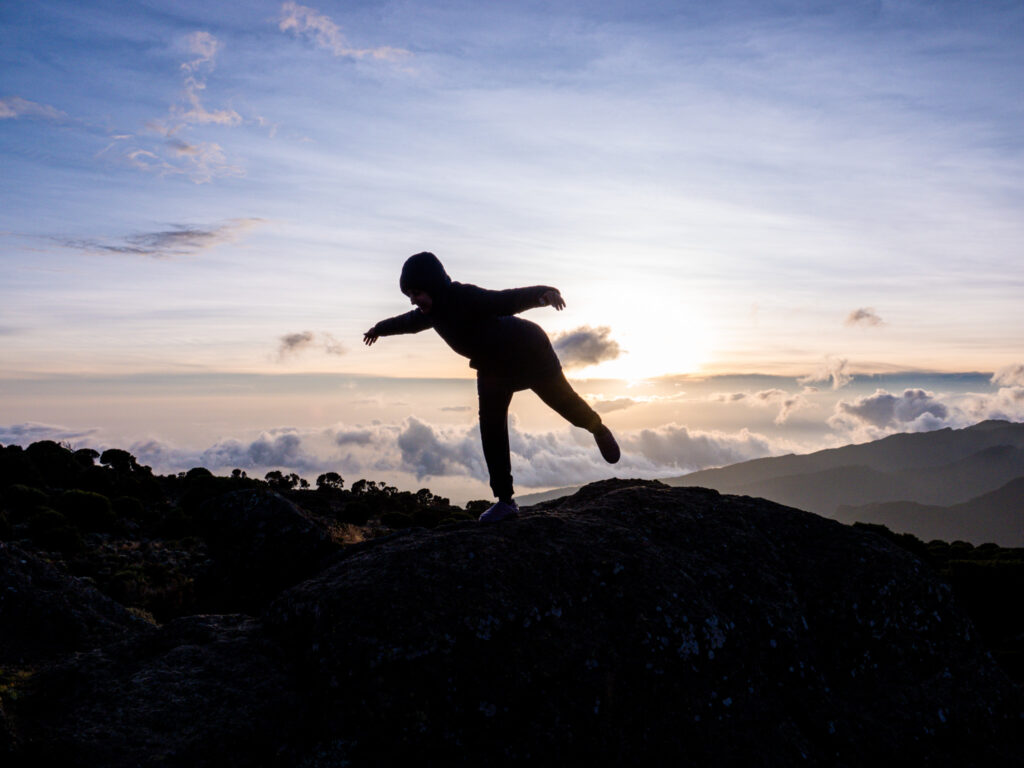
Both Kilimanjaro and Everest Base Camp Trek offer once-in-a-lifetime experiences, each with its own set of challenges and rewards. Your choice should align with your trekking goals and preferences, whether it’s the glory of summiting a peak or the allure of trekking through the majestic Himalayas. Whichever adventure you embark on, proper preparation, training, and selecting a reputable tour operator are essential for a safe and memorable journey.
Frequently Asked Questions
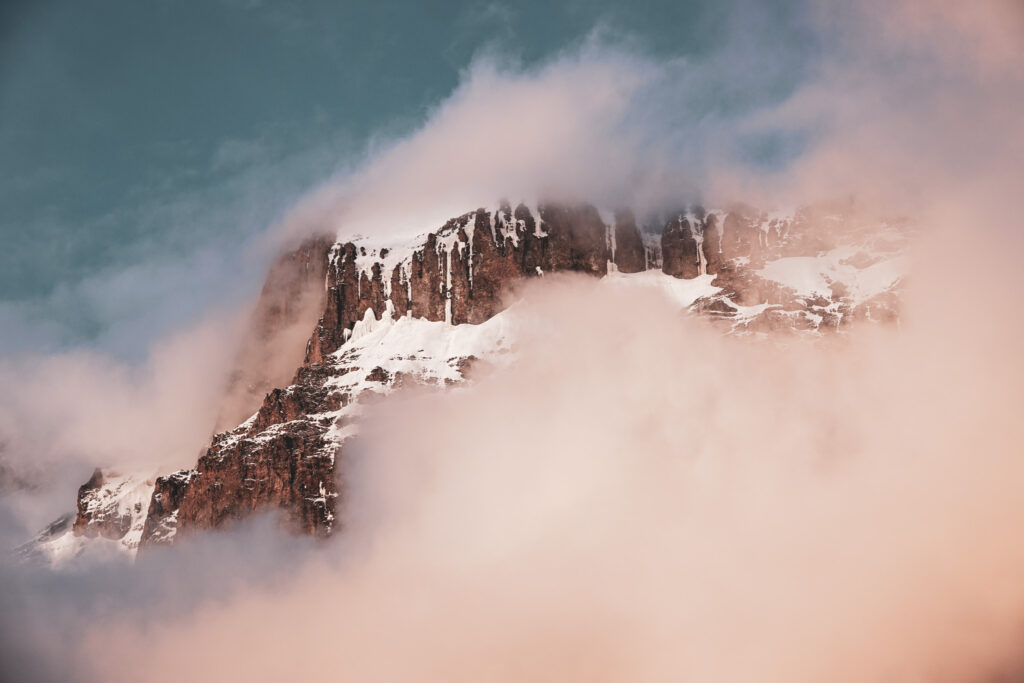
Q1: What is the best time to trek Kilimanjaro or Everest Base Camp?
The best time to trek Kilimanjaro is from June to October or January to March when the weather conditions are favorable. For Everest Base Camp, the optimal trekking seasons are March to May and September to November.
Q2: Do I need a guide for these treks?
A guide is mandatory for Kilimanjaro due to the challenging terrain and the risk of altitude sickness. For Everest Base Camp, it is highly recommended to have a guide for safety and access to local knowledge.
Q3: What kind of training do I need?
To prepare for either trek, engage in cardio exercises, strength training, and hiking to improve your endurance and physical fitness.
Q4: What about travel insurance?
When embarking on high-altitude treks like Kilimanjaro or Everest Base Camp, it is essential to have comprehensive travel insurance that covers high-altitude trekking and emergency evacuation. This will provide you with peace of mind during your adventure.
Remember to consult with your healthcare provider before undertaking any high-altitude trek to ensure you are in good health and physically capable.
About The Author
Rami Rasamny is the founder of Life Happens Outdoors, a premium adventure travel community dedicated to transforming lives through curated outdoor experiences. A mountaineer and entrepreneur, Rami has led teams on some of the world’s most challenging peaks, from the Alps to the Himalayas. His mission is to make adventure accessible, transformative, and safe for all who seek to push their limits and Come Back Different.
About Life Happens Outdoors
At Life Happens Outdoors, we believe in the power of nature to transform lives. As proud members of the Adventure Travel Trade Association (ATTA) and the World Travel & Tourism Council (WTTC), our team of certified guides and outdoor professionals is committed to the highest standards of safety, sustainability, and excellence.
Discover more about our story and mission on our Meet LHO page, or explore our curated adventures such as the Tour du Mont Blanc Trek, the Climb of Kilimanjaro, and Chasing the Northern Lights.









